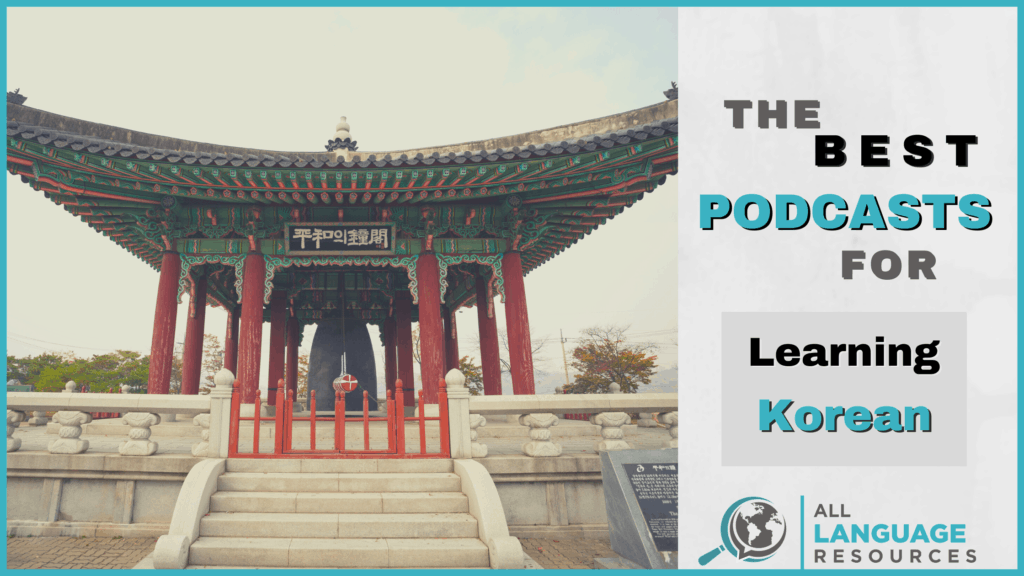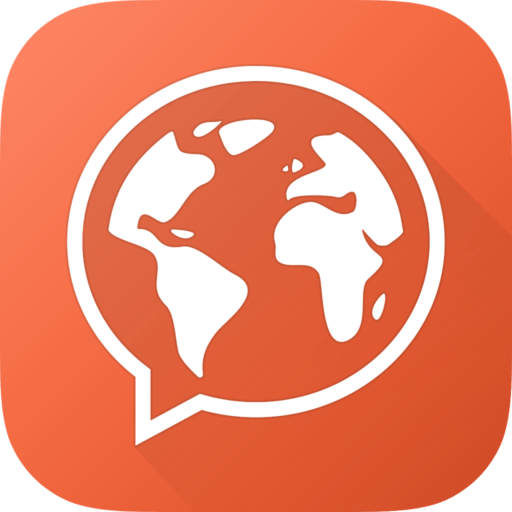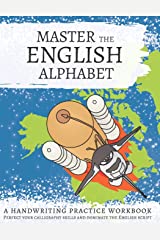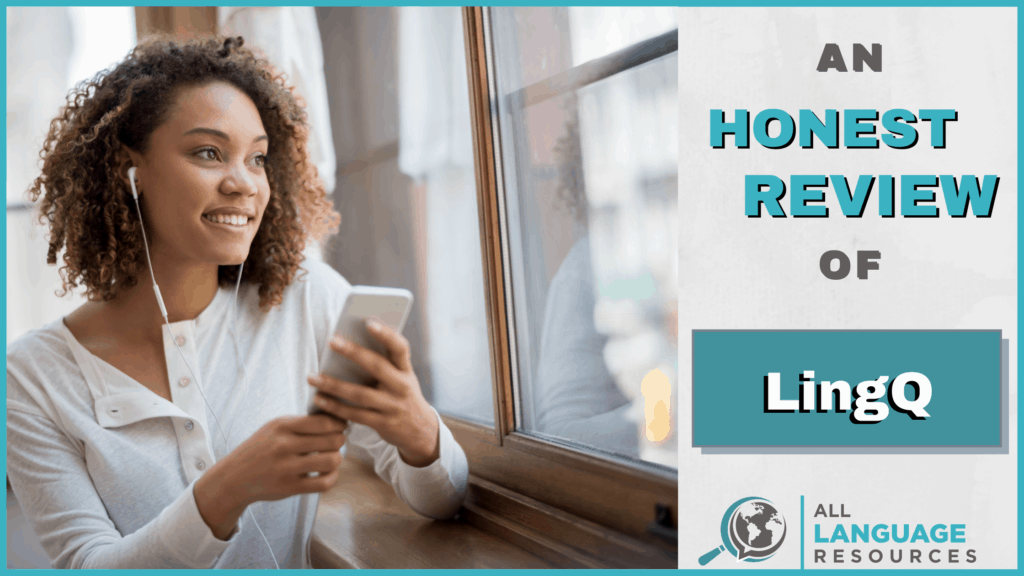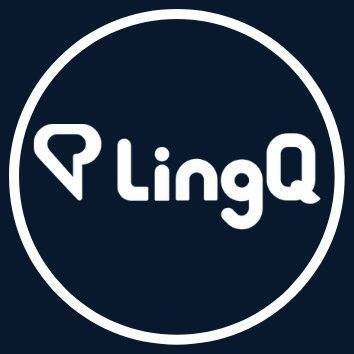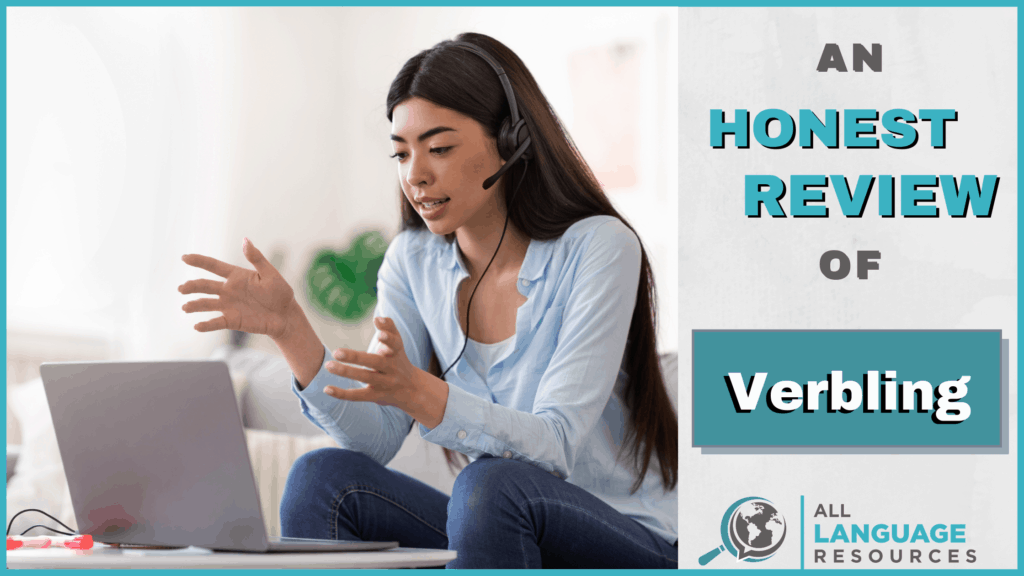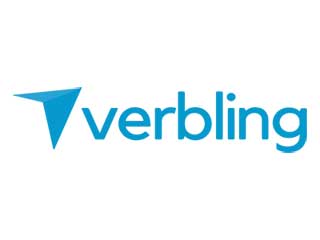Speechling Review – I Didn’t Know I Was Saying That Wrong!
Speechling
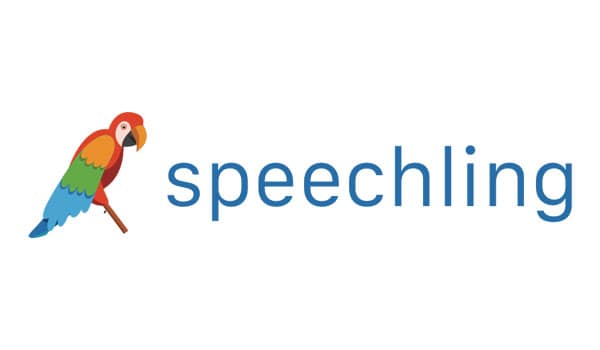
Summary
Speechling is a website and app that makes it easy to improve your speaking skills in several languages. The free version is an incredbily valuable resource that makes it easy to practice mimicking native speakers. The Unlimited Plan provides unlimited corrections of your recordings by a teacher.
Speachling makes it easy to improve your speaking rhythm and pronunciation.
Lots of different ways to practice speaking.
The free version is better than most paid resources and the paid version provides outstanding value.
I Like
- An excellent method to improve your speaking abilities and get feedback from a real teacher.
- Answer the Question, Describe the Image, and Freestyle mode are great for higher levels.
- You can switch languages at any time. I like seeing translations in my second language while studying my third language.
- Truly unlimited recordings with quick feedback.
I Don’t Like
- Absolute Beginners should learn the basics elsewhere first.
- You’ll need to learn how to make the sounds of your target language on your own.
- The amount of time given to record sentences can be too short.
Price
The Forever Free Plan is complete free. A monthly subscription to the Unlimited Plan costs $19.99 per month.
Click the link to save 10% on Speechling’s Unlimited Plan.
Speechling has quickly become one of my favorite language learning resources. The free version includes a ton of useful features and the premium plan is great value for the cost.
…Speechling Review – I Didn’t Know I Was Saying That Wrong!Read More »
Speechling Review – I Didn’t Know I Was Saying That Wrong! Read More »


